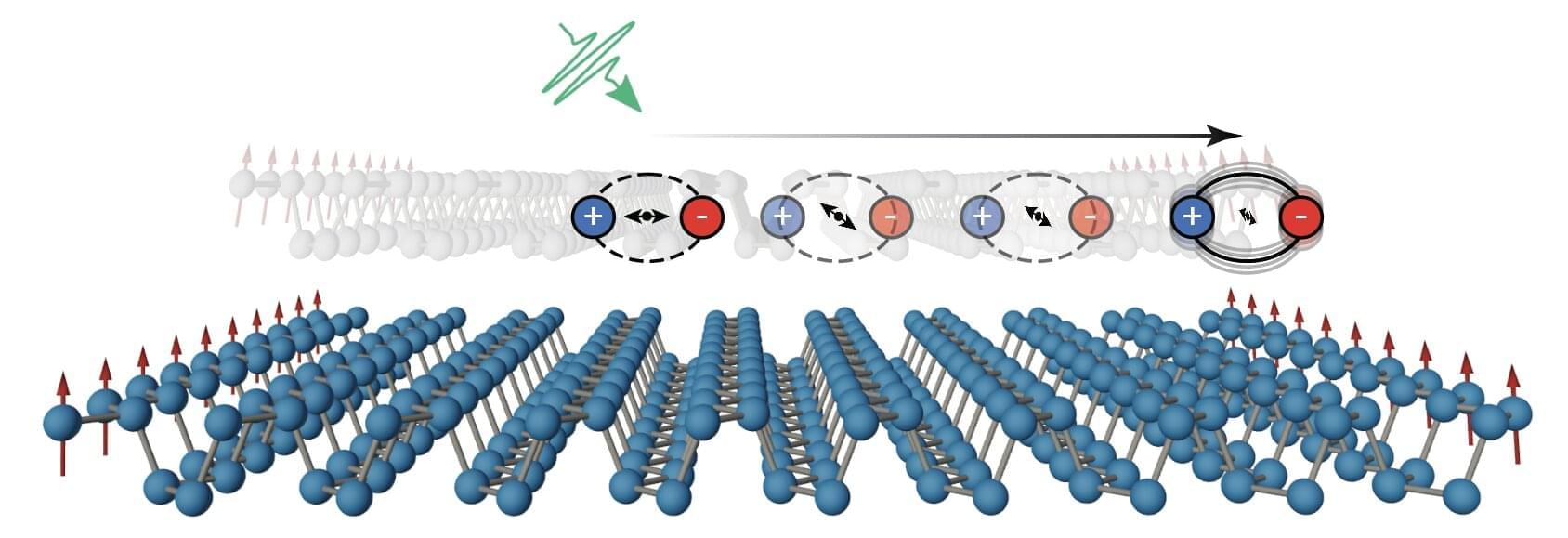Scientists have long suspected that phosphorene nanoribbons (PNRs)—thin pieces of black phosphorus, only a few nanometers wide—might exhibit unique magnetic and semiconducting properties, but proving this has been difficult.
In a recent study published in Nature, researchers focused on exploring the potential for magnetic and semiconducting characteristics of these nanoribbons. Using techniques such as ultrafast magneto-optical spectroscopy and electron paramagnetic resonance they were able to demonstrate the magnetic behavior of PNRs at room temperature, and show how these magnetic properties can interact with light.
The study, carried out at the Cavendish Laboratory in collaboration with other institutes, including the University of Warwick, University College London, Freie Universität Berlin and the European High Magnetic Field lab in Nijmegen, revealed several key findings about phosphorene nanoribbons.









